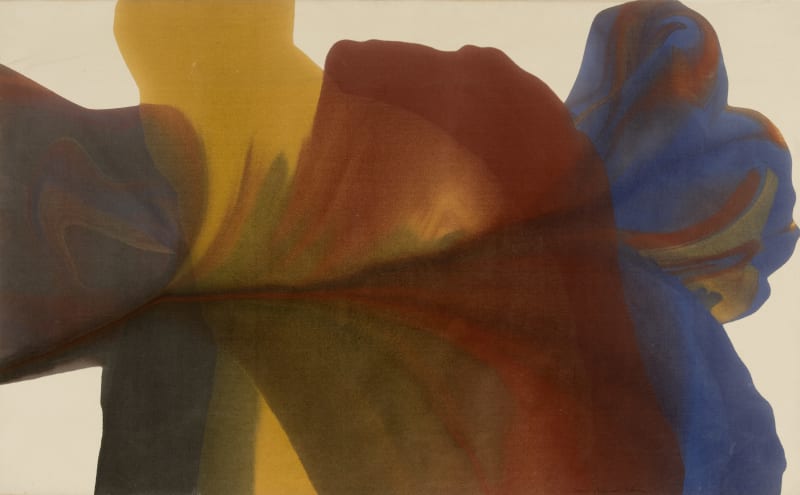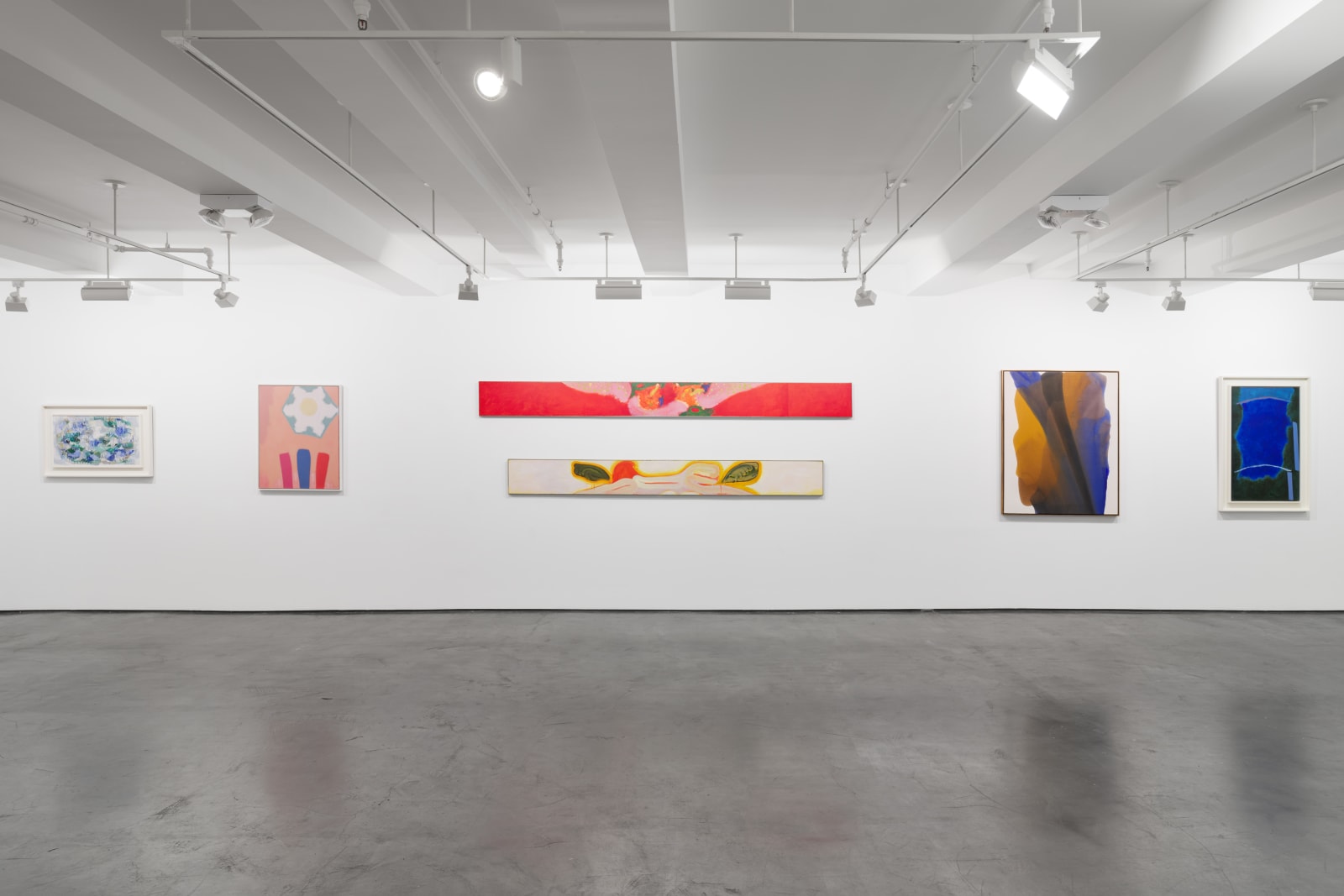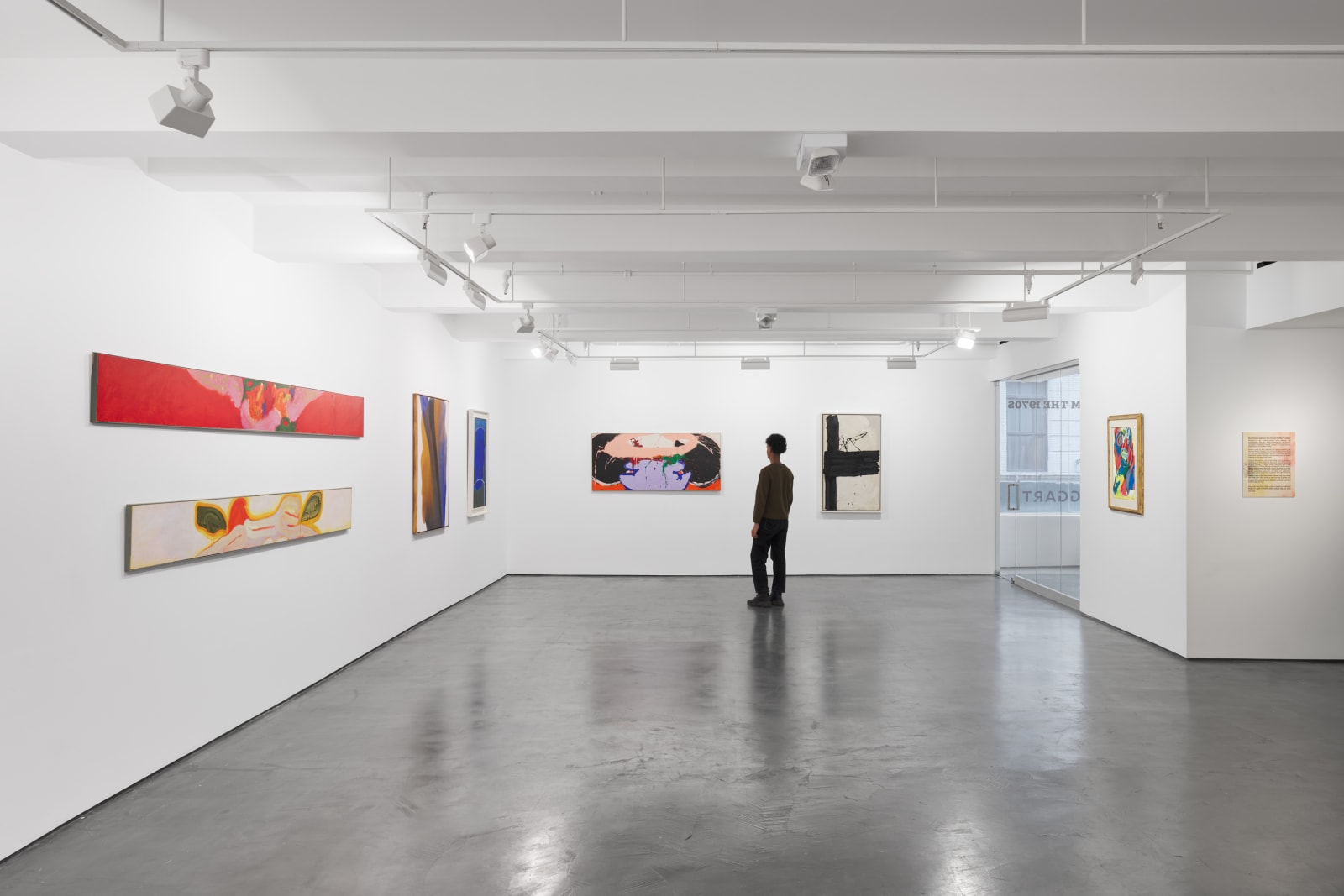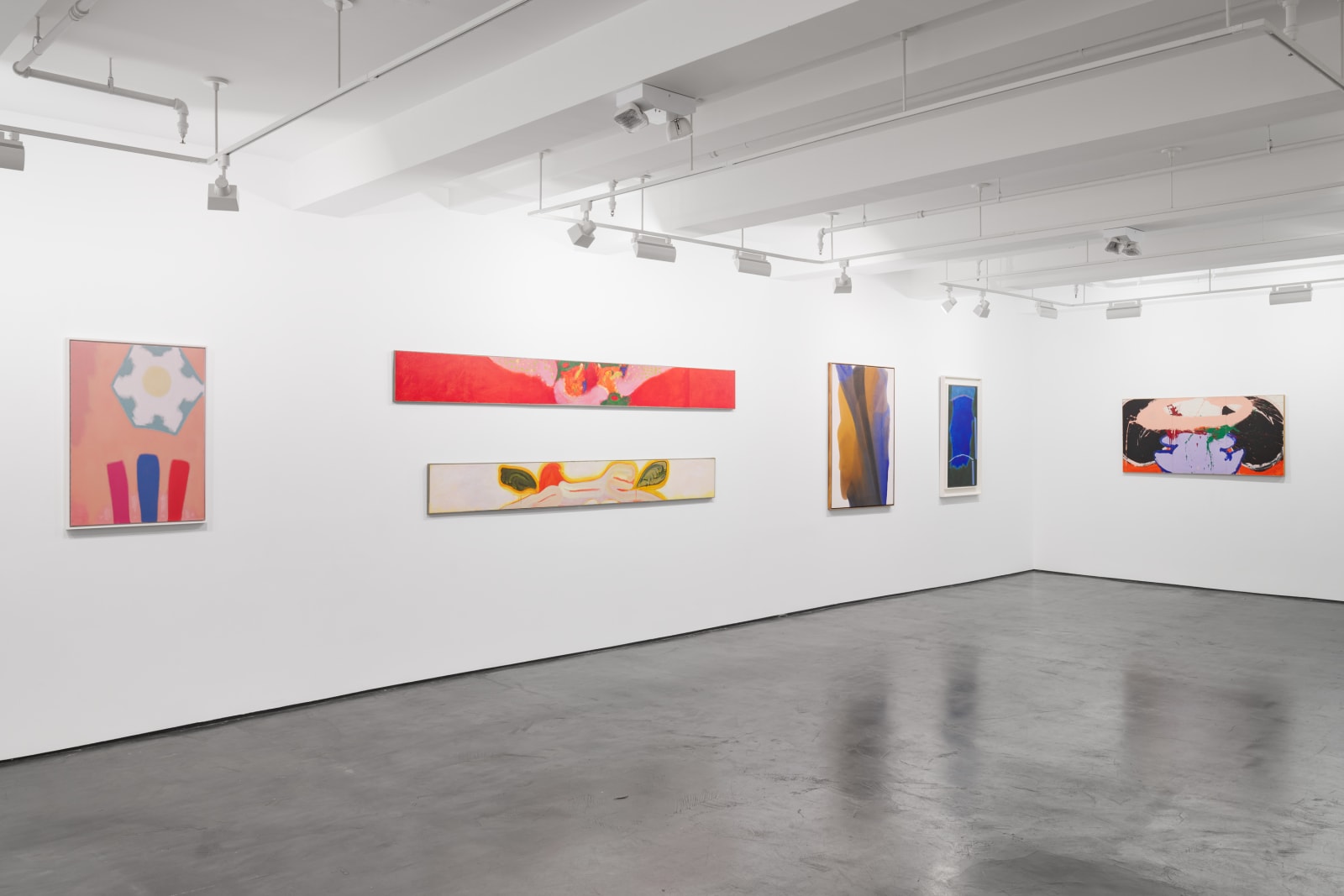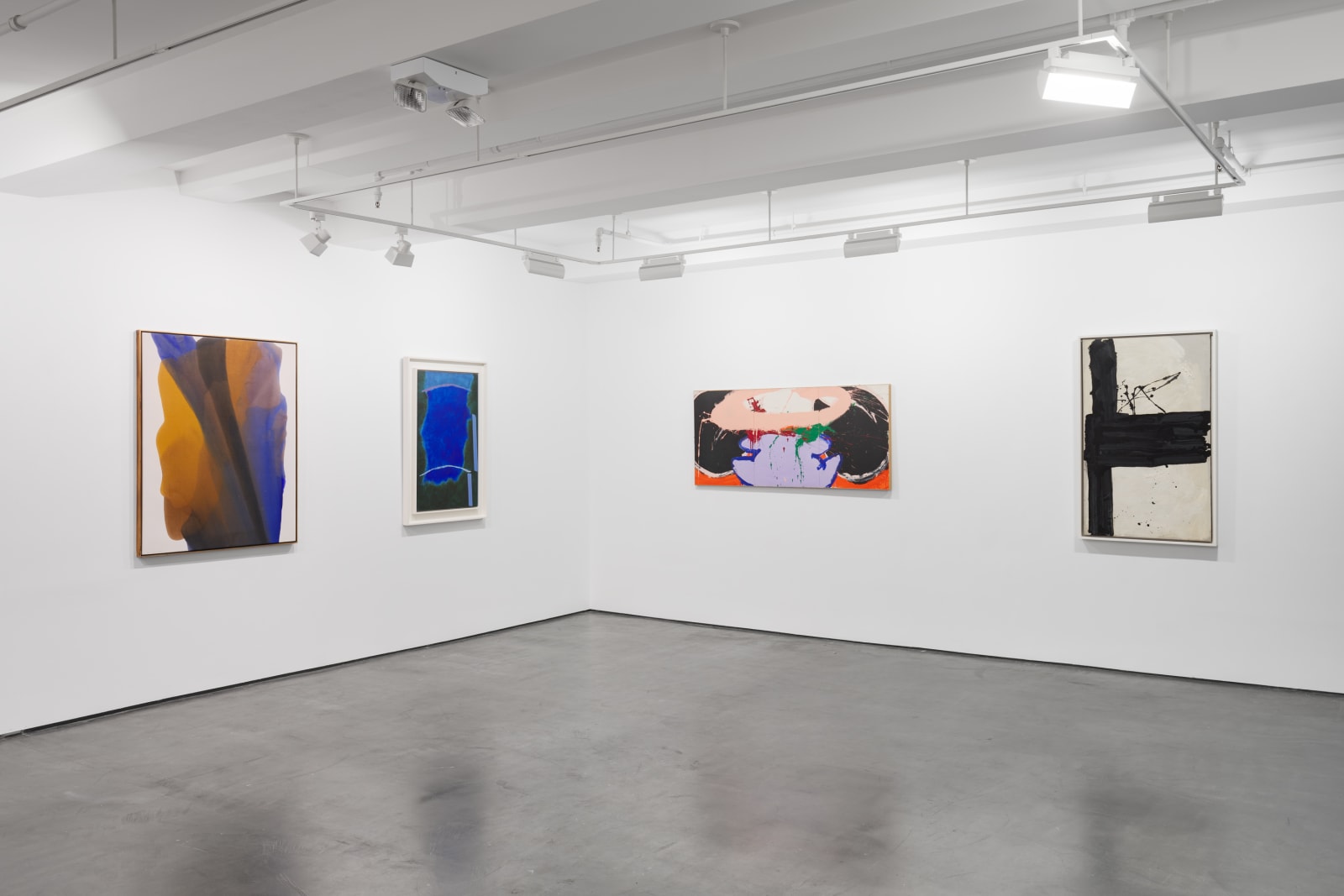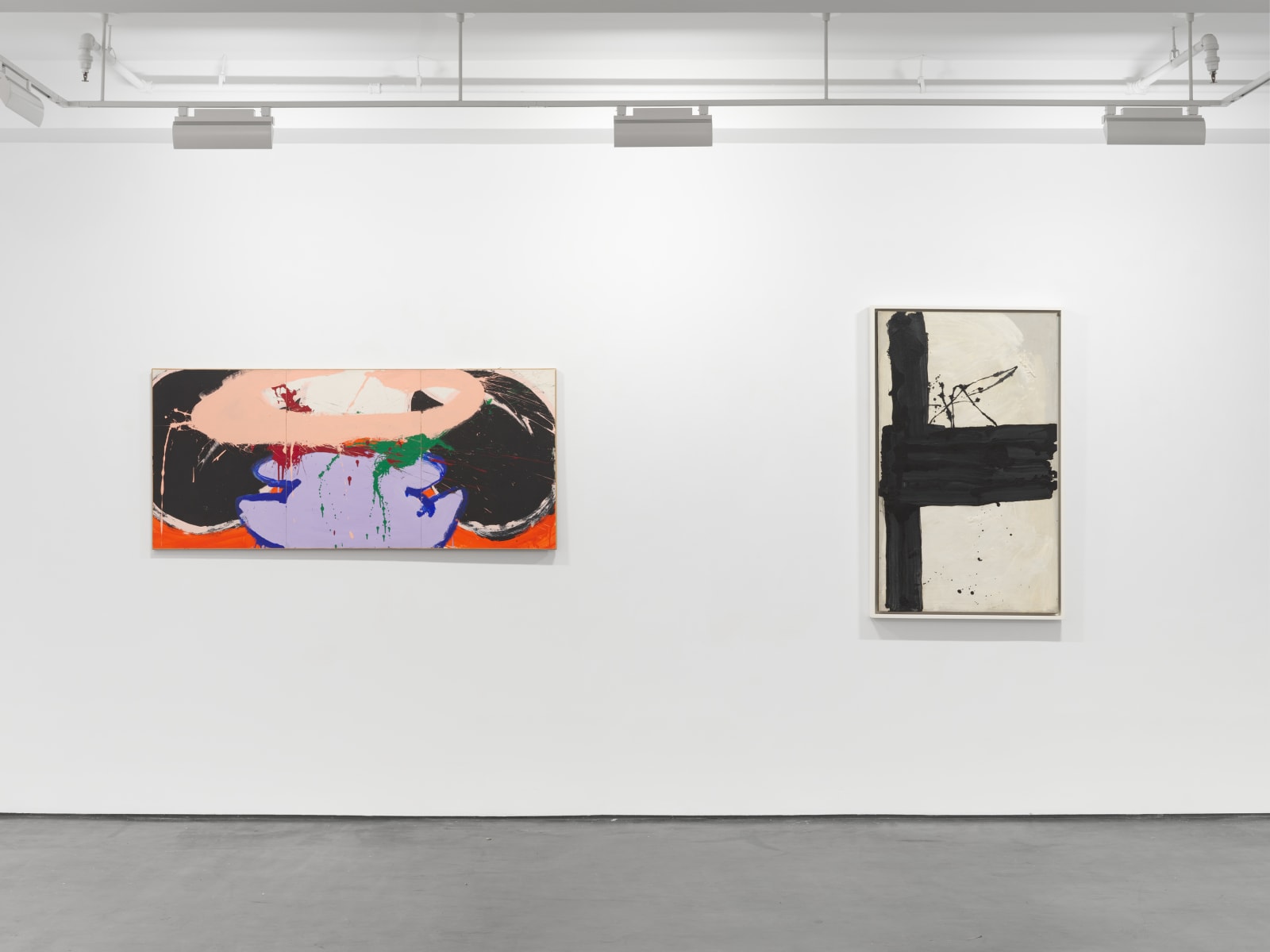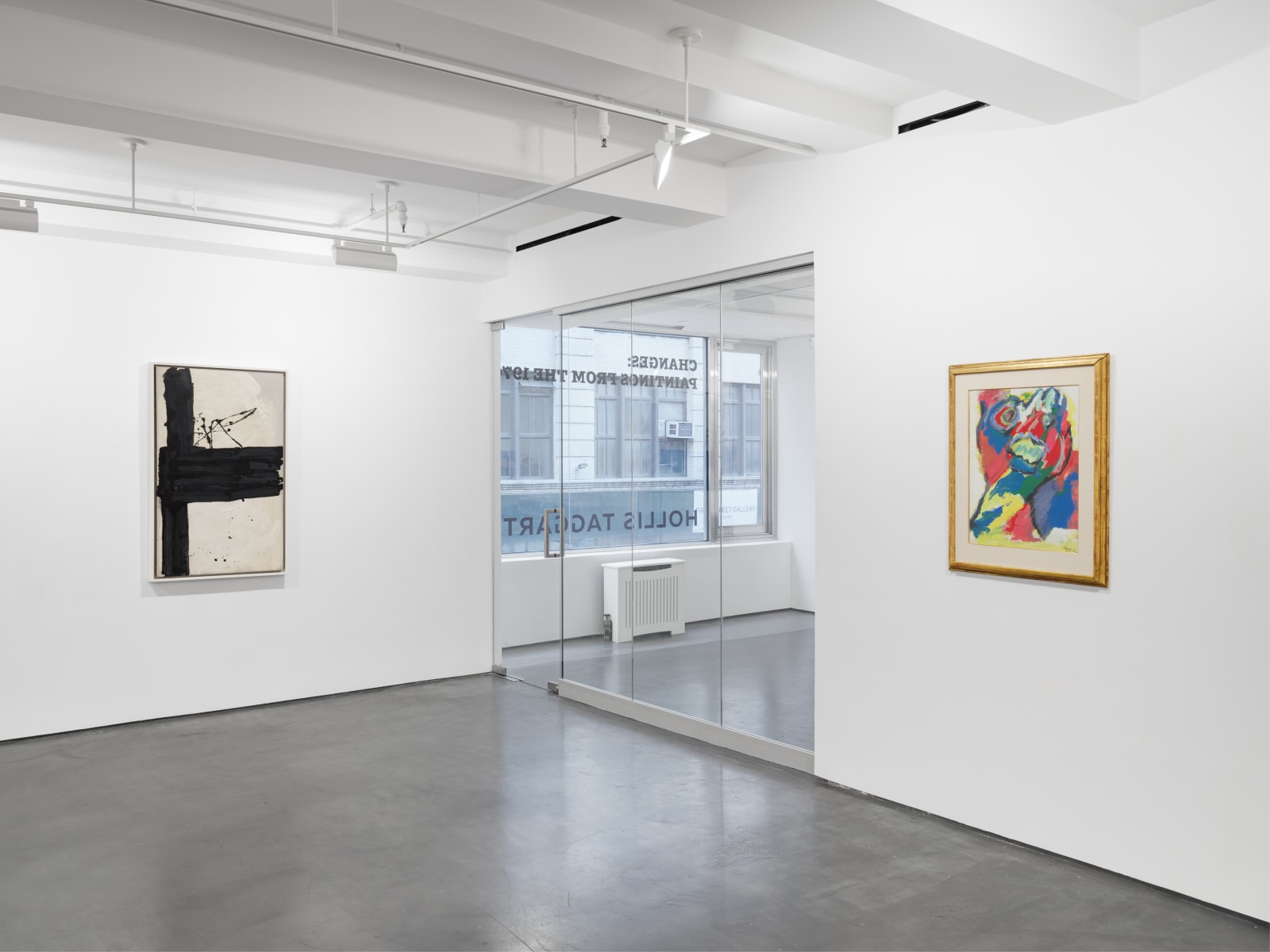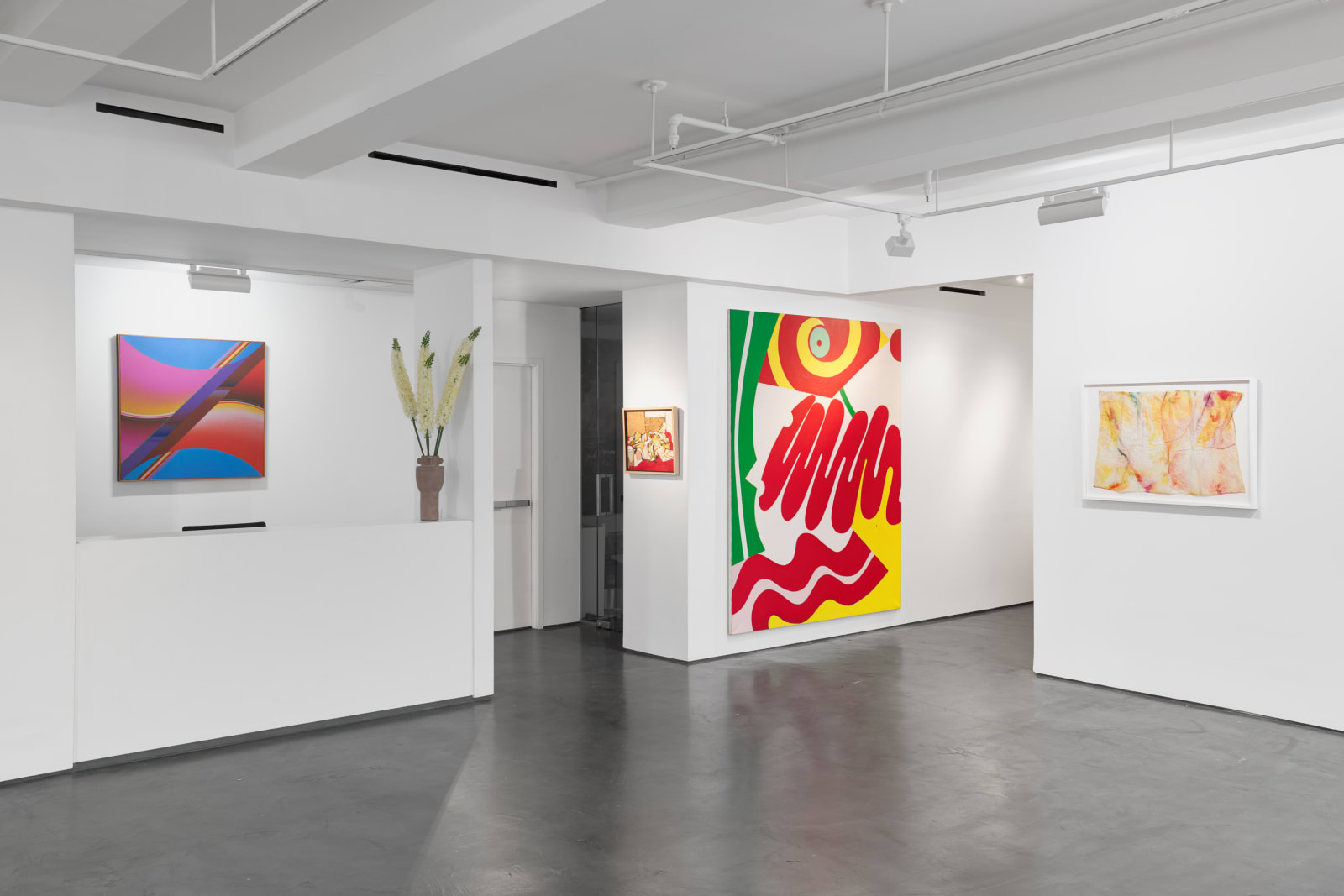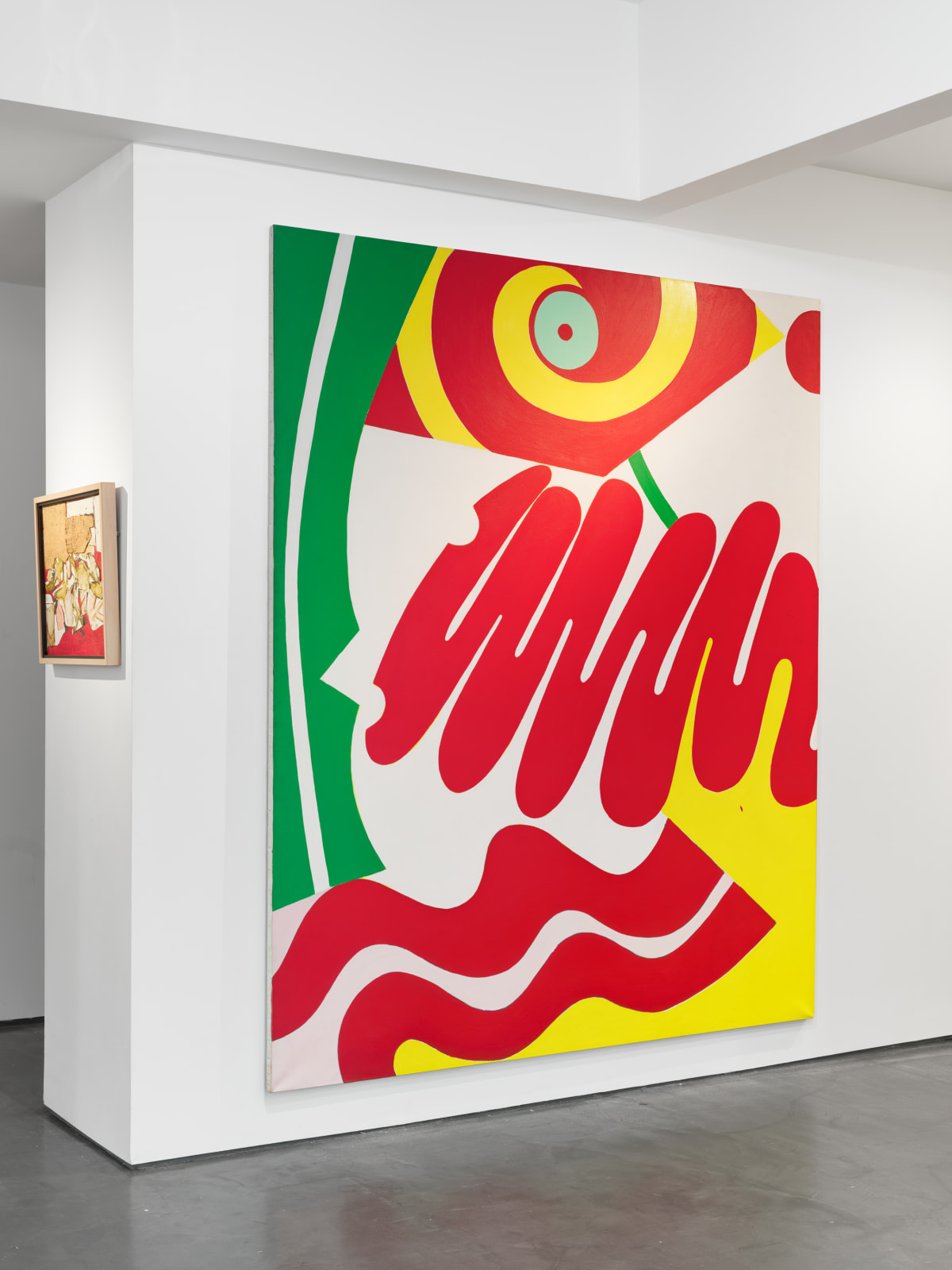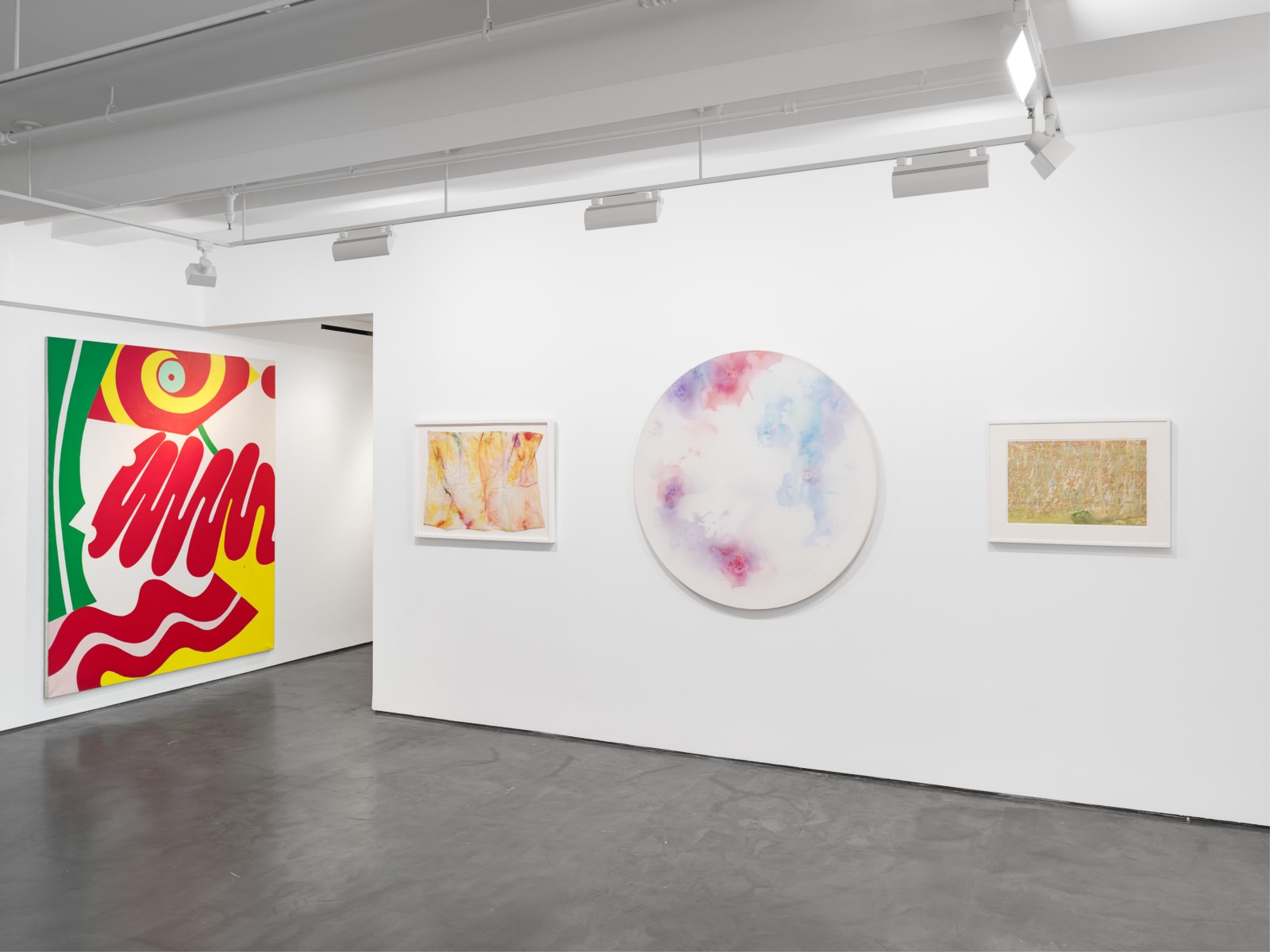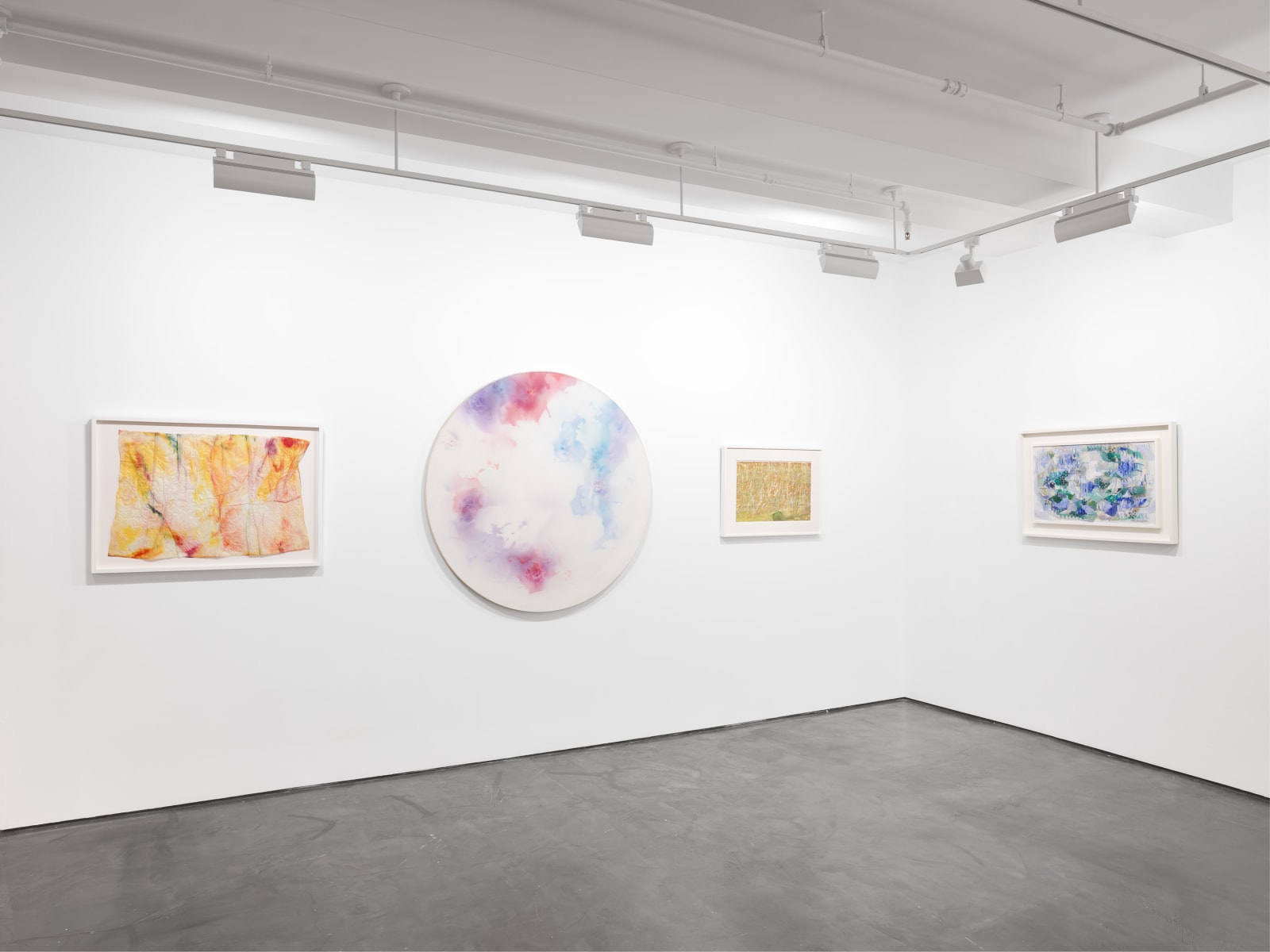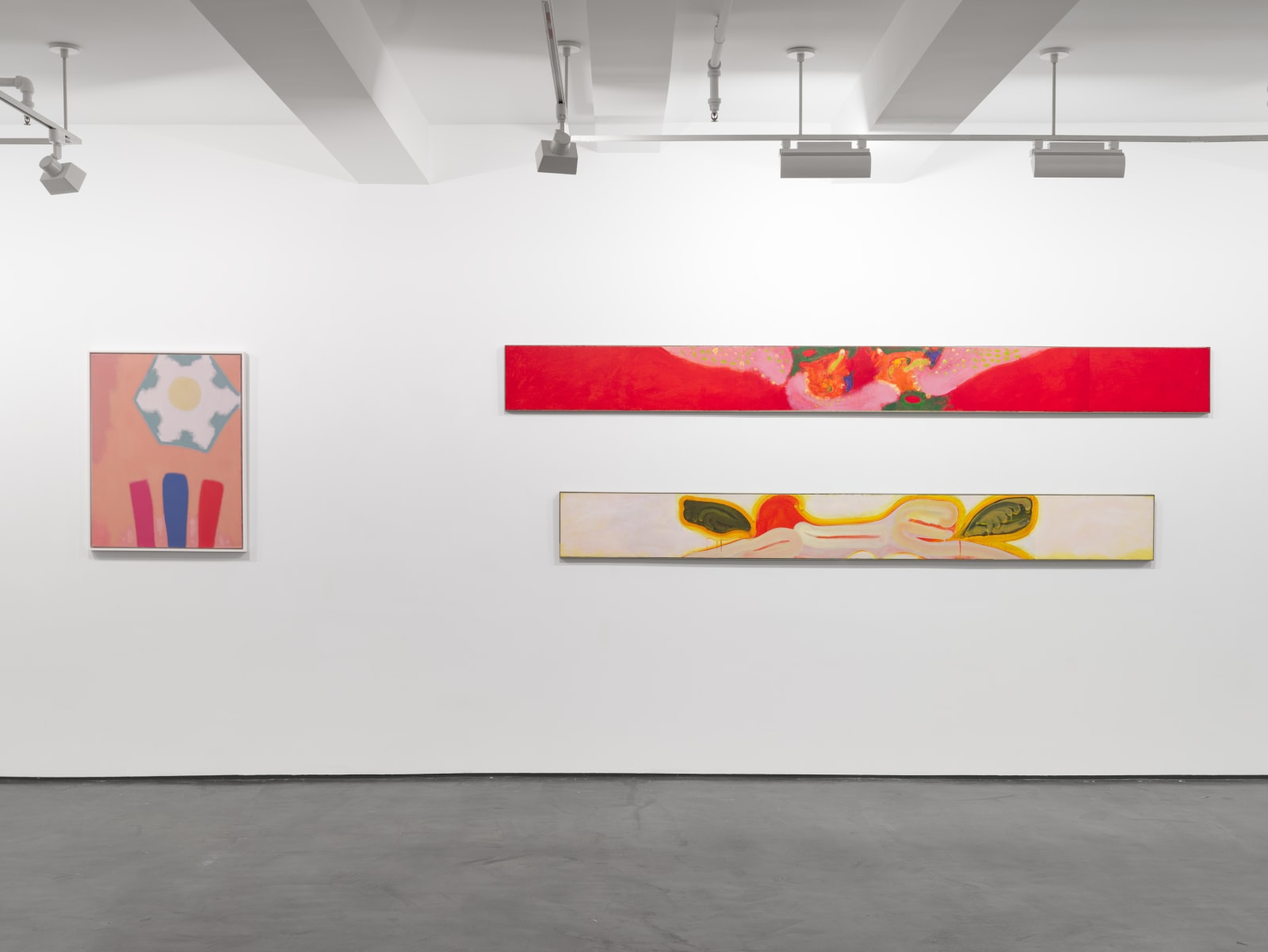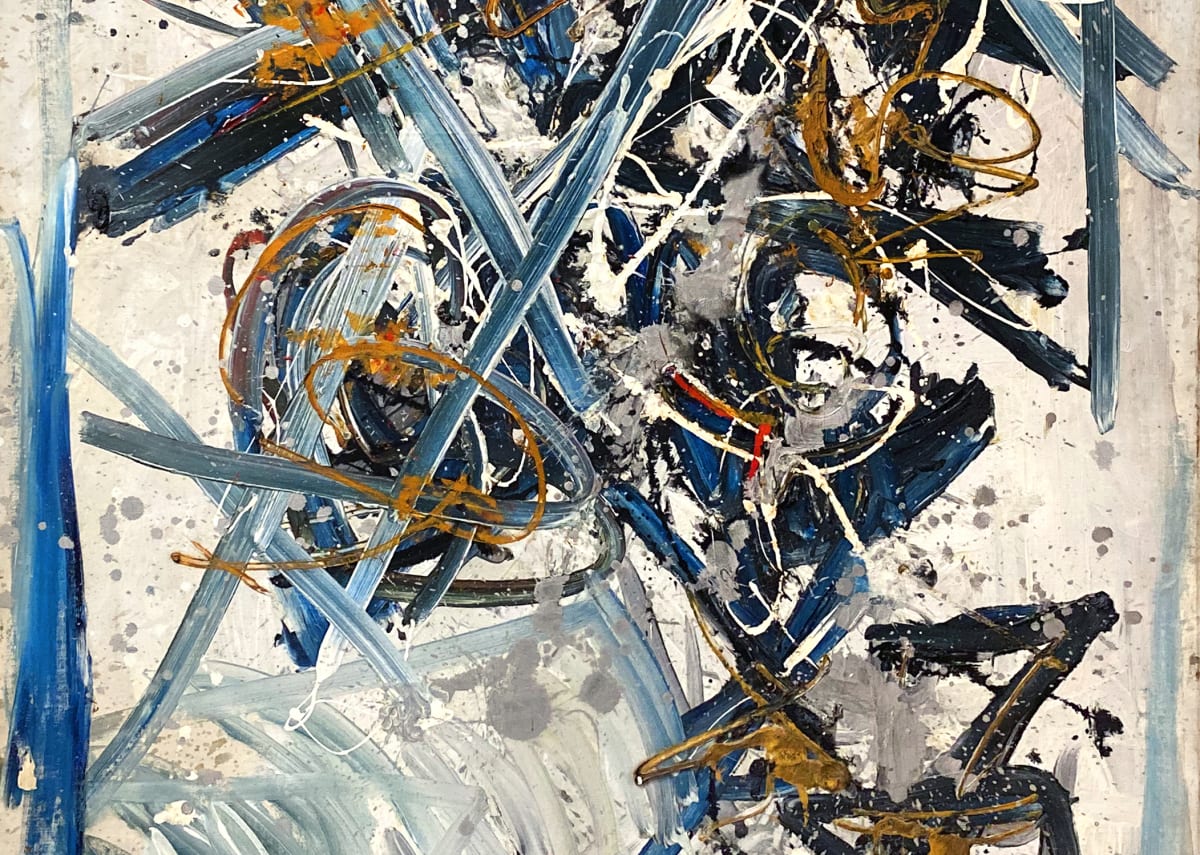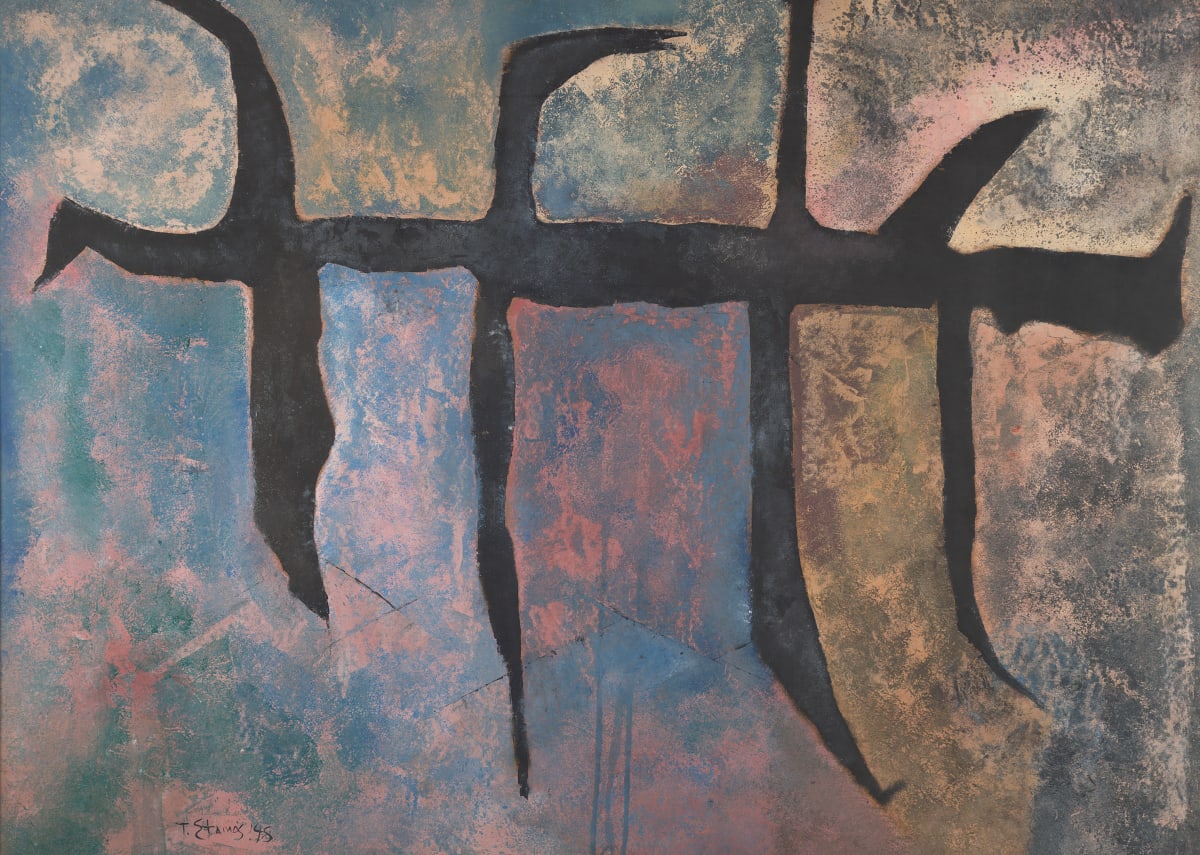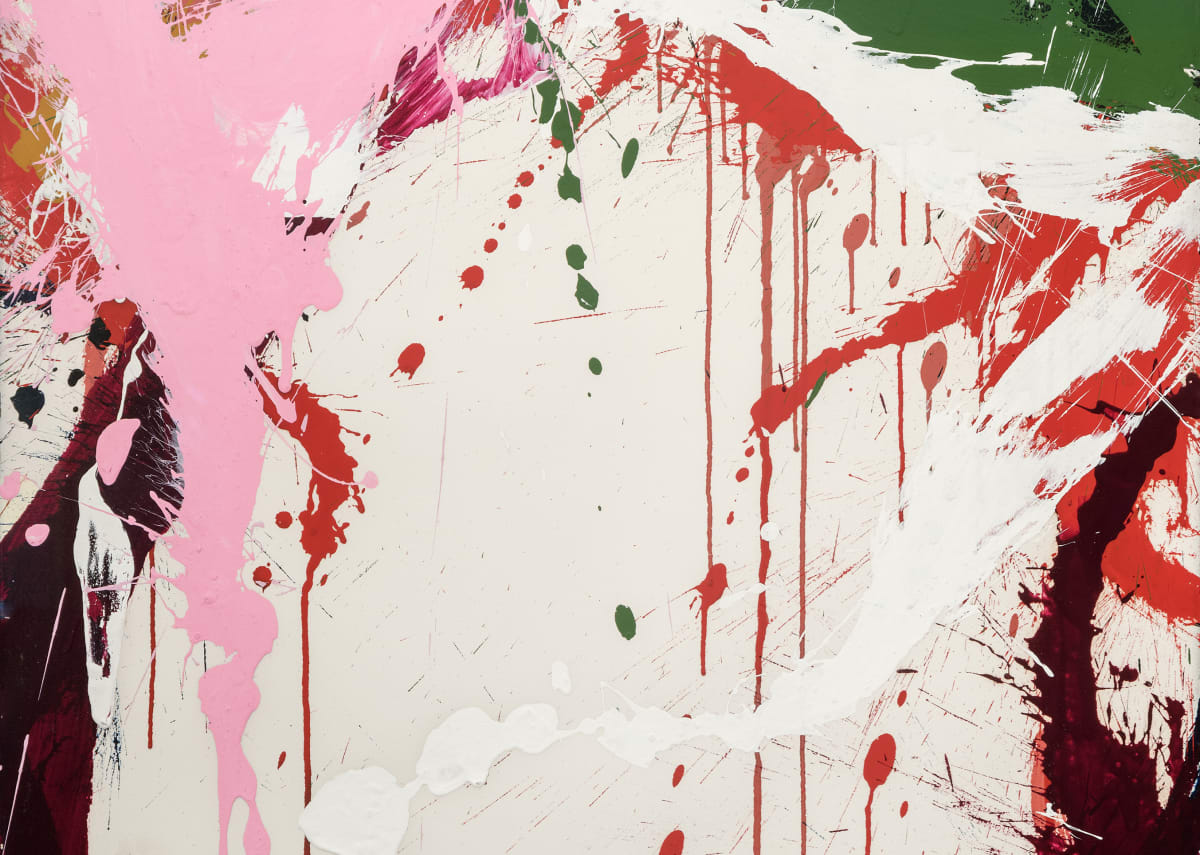
The 1970s saw an explosion in new forms of artmaking that sought to upend orthodox Modernism and its project of purity of medium.
The 1970s saw an explosion in new forms of artmaking that sought to upend orthodox Modernism and its project of purity of medium. Energized by the previous decade’s social upheavals and counterculture, these new modes—Conceptual art, performance, installation, and Minimalism, to name a few—positioned themselves as alternatives to Modernism through techniques of irony, absurdism, impermanence, and embodied viewing.
Painting, one of the most traditional and enduring mediums, went through a period of precarity in the 1970s, as it could no longer be free from what art historian Thomas Crow called ‘the burden of historical and theoretical self-consciousness.’ And yet, many artists carried on exploring the medium of painting, often metabolizing the new changes happening around them in their works.
The 1970s saw an explosion in new forms of artmaking that sought to upend orthodox Modernism and its project of purity of medium. Energized by the previous decade’s social upheavals and counterculture, these new modes—Conceptual art, performance, installation, and Minimalism, to name a few—positioned themselves as alternatives to Modernism through techniques of irony, absurdism, impermanence, and embodied viewing.
Painting, one of the most traditional and enduring mediums, went through a period of precarity in the 1970s, as it could no longer be free from what art historian Thomas Crow called ‘the burden of historical and theoretical self-consciousness.’ And yet, many artists carried on exploring the medium of painting, often metabolizing the new changes happening around them in their works.
Artists in this exhibition, such as Sam Gilliam, drew on the ethos of hybridity of mediums during this decade and innovated his famous ‘drape paintings’ by collapsing the distinction between painting and sculpture. Consisting of stained canvases freed from their wooden stretch supports, his drape paintings reconfigure the received tents of Abstract Expressionism. Others, like Conrad Marca-Relli and Adolph Gottlieb, pioneers of the old guard, continued into the 1970s their focused, painstaking exploration of collage and minimalistic, emotionally intense compositions, respectively. Still other artists such as Irene Monat Stern and Leon Berkowitz orchestrated veils of pigment to explore their inexhaustible fascination with color. During this period, Larry Poons arrived at dense canvases of pulsing color after working in a geometric, Minimalist style, while Ralph Iwamoto brought to bear on his painting the Minimalist aspirations of universal truths through pure form.
This exhibition brings together artists who focused on painting through the 1970s, not as a way to reinstate tradition in a reactionary gesture, but rather to continue opening painting into new fertile grounds in tandem with the innovative mediums unfolding during that decade.
For more information about Changes: Paintings from the 1970s, please contact us at info@hollistaggart.com or +1 212.628.4000.
For press inquiries, please contact press@hollistaggart.com or +1 212.628.4000.
Artworks
Installation Views
News




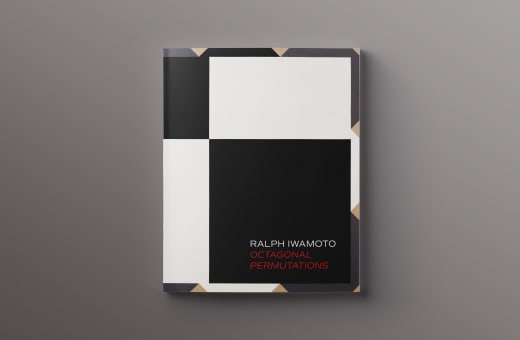





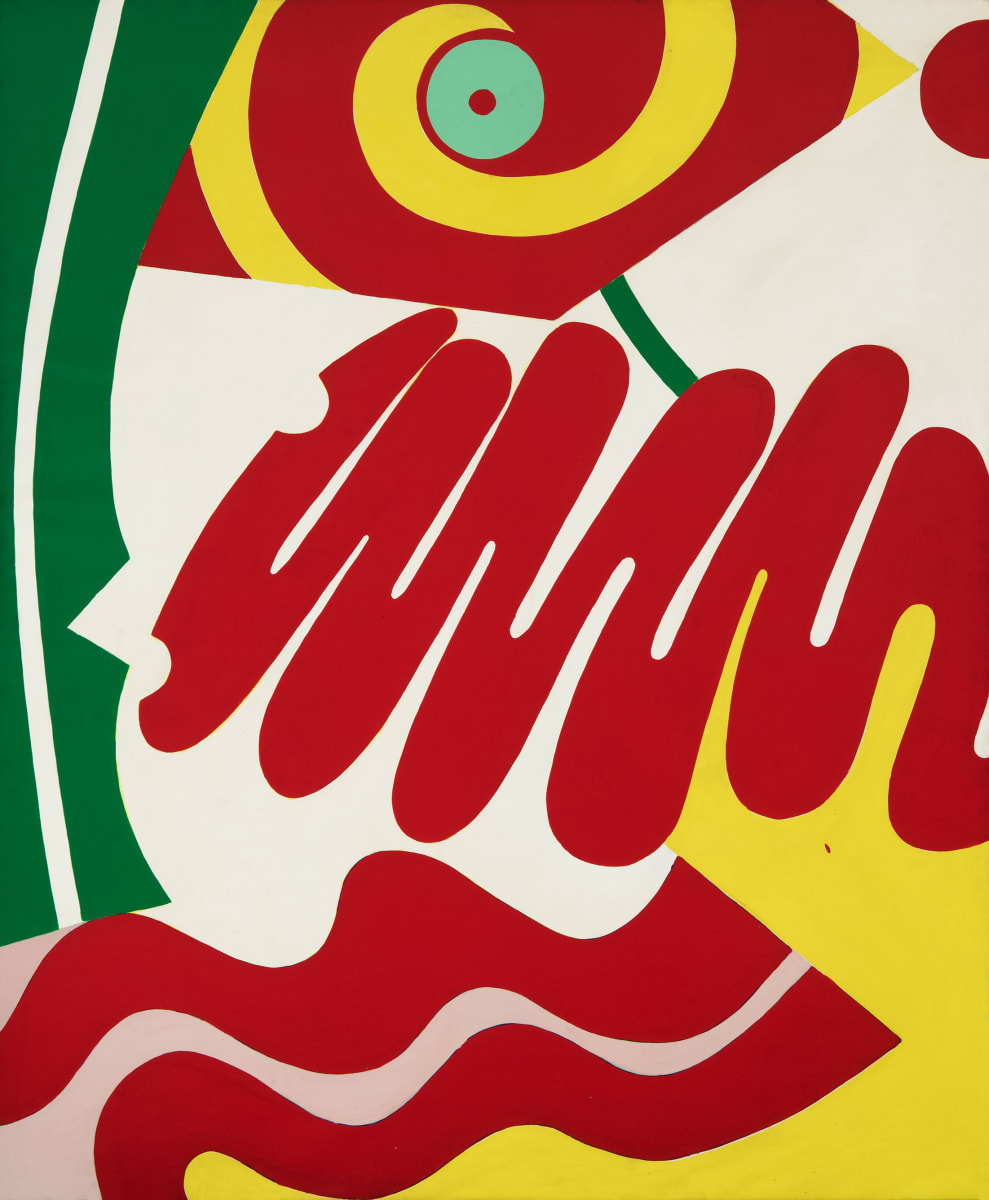
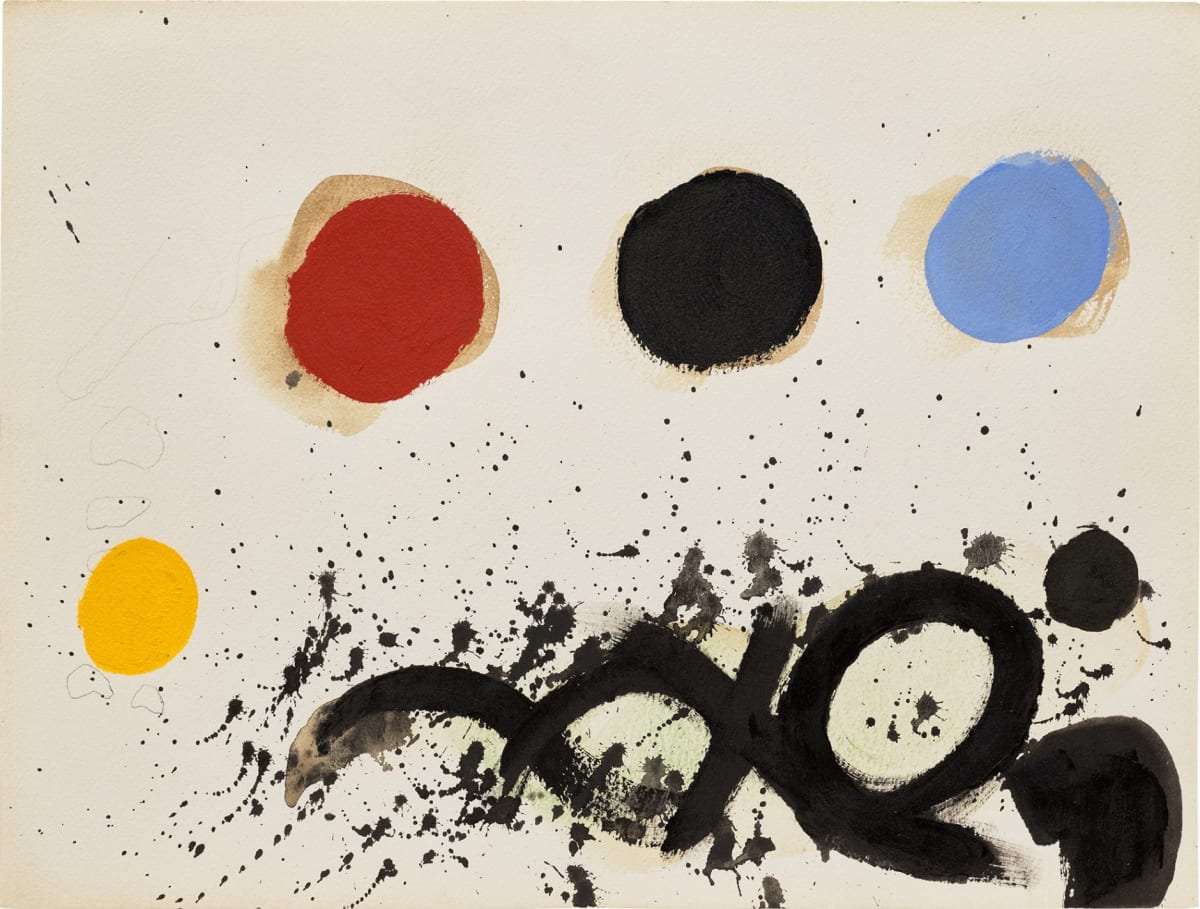
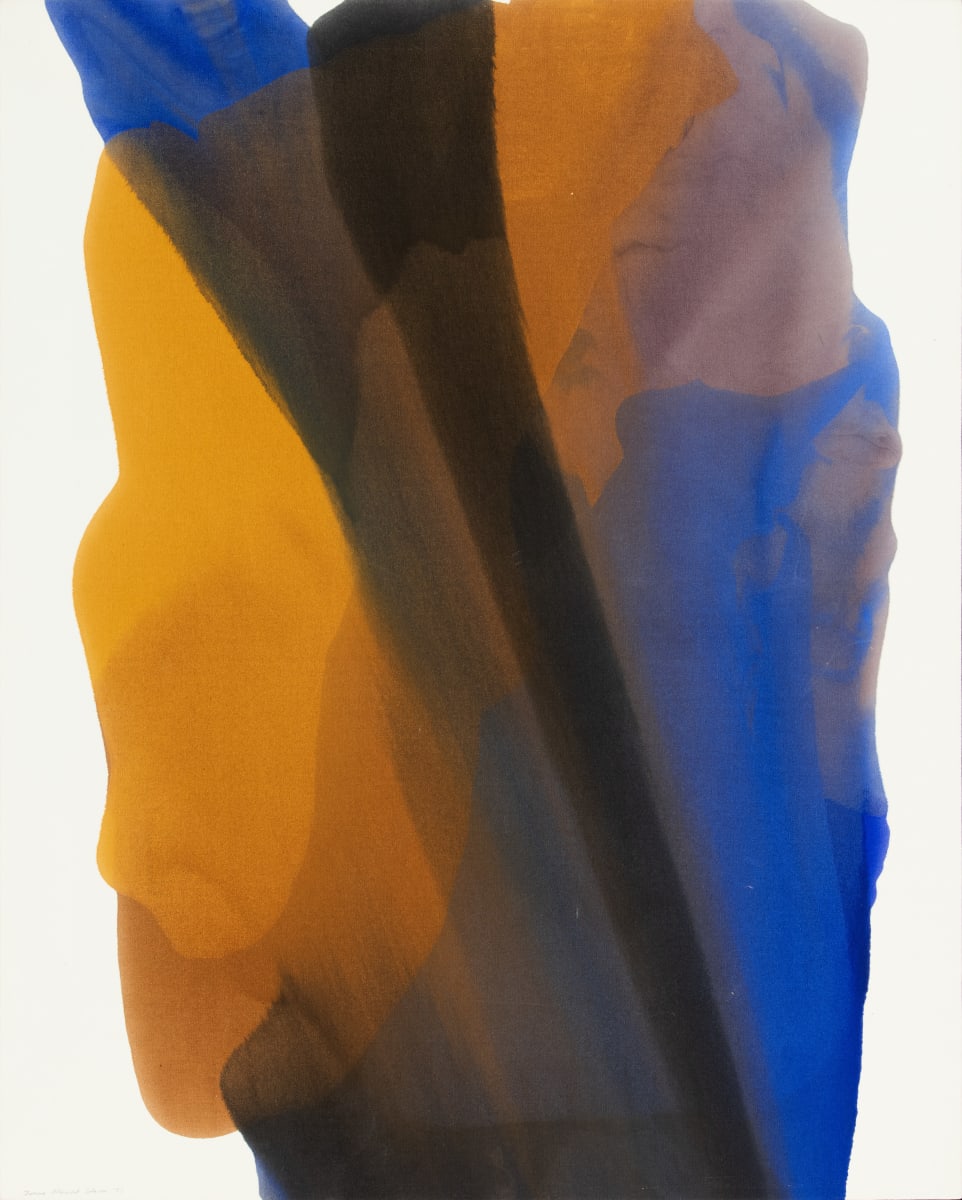
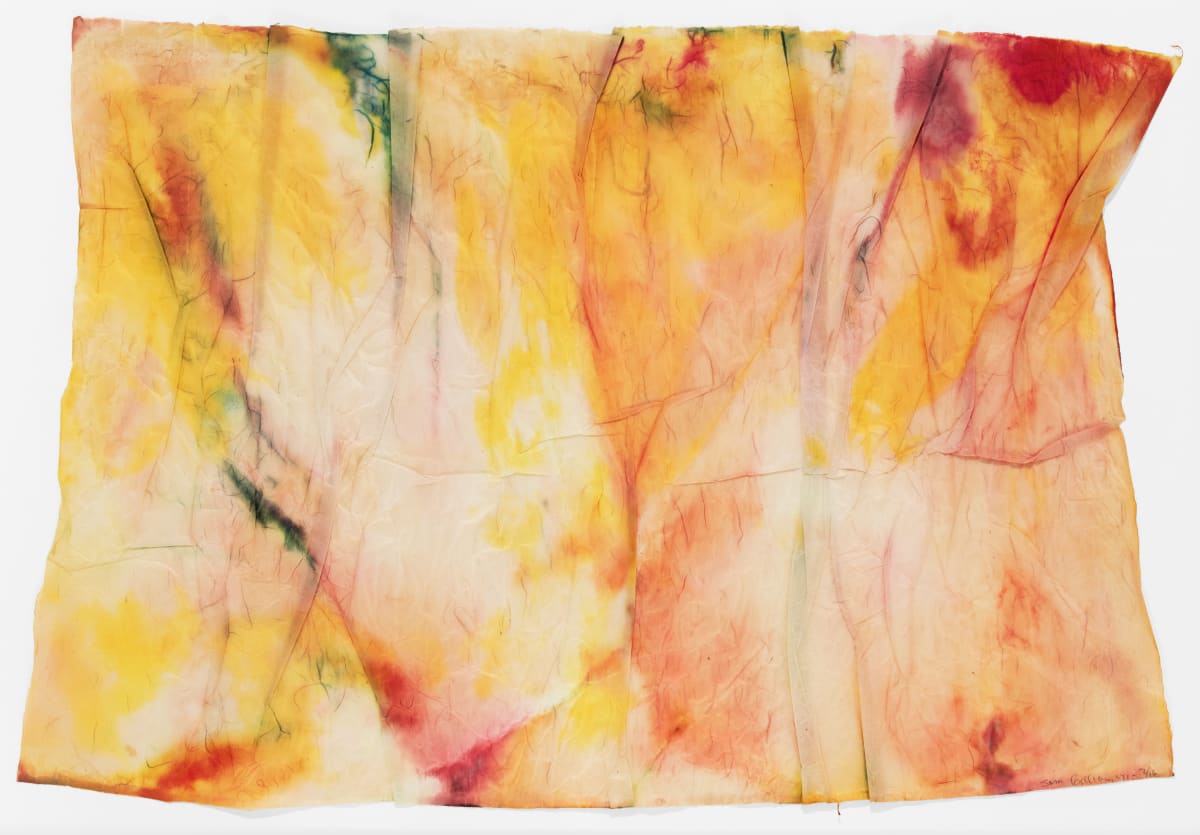
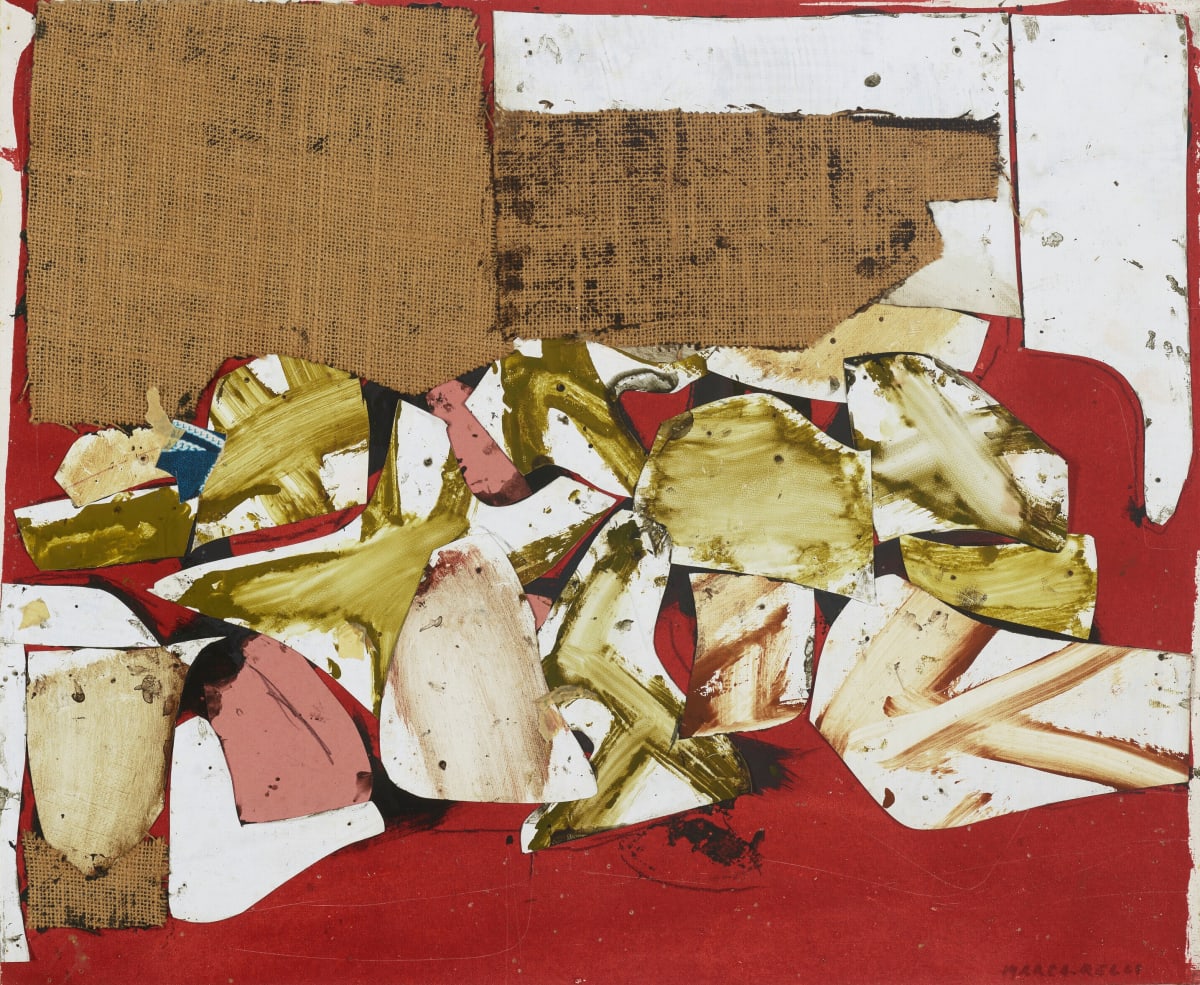

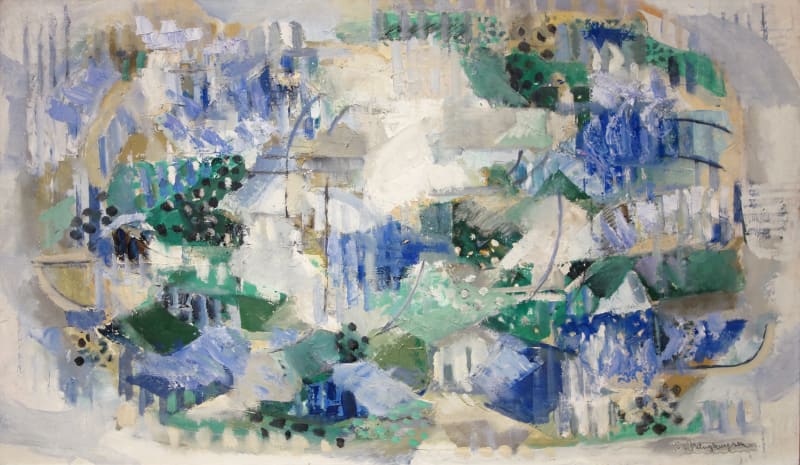




![Betty Parsons Devil in the [...], 1973 Gouache on paper, 11 3/4 x 9 in. (29.8 x 22.9 cm)](https://artlogic-res.cloudinary.com/w_800,c_limit,f_auto,fl_lossy,q_auto/artlogicstorage/htg1979/images/view/3ea87e7b1f822afc479fb932f9786258j/hollistaggart-betty-parsons-devil-in-the-...-1973.jpg)




